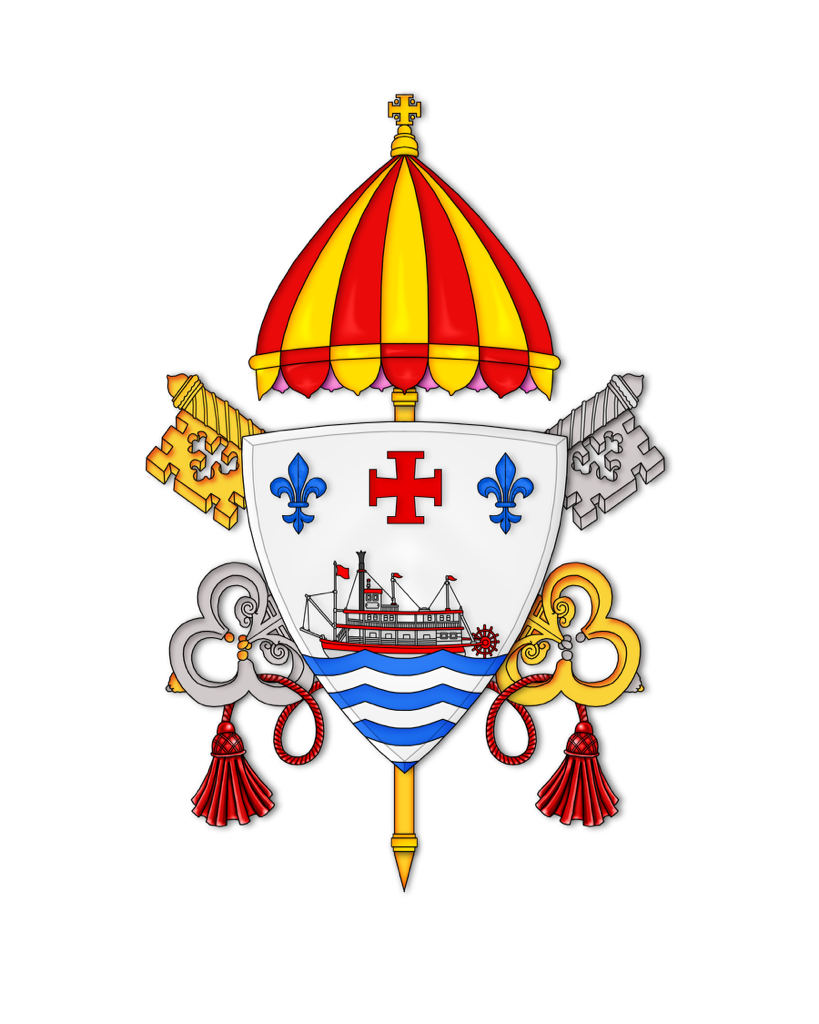Saint Thomas of Canterbury
Feast Day December 26
By Charles Garrity
St. Thomas of Canterbury, also known as St. Thomas Becket, was born in London, England, on December 21, 1118. He was the son of wealthy and prominent parents and studied with the canons regularly at Merton in Surrey. Well educated and socially connected, he obtained a position in the house of Theobald, Archbishop of Canterbury, at age of 24. He became the protégé of Theobald, who would promote him to positions of power in the Church. He was ordained deacon in 1154 and nominated Archdeacon of Canterbury by Theobald.
In 1155, he was appointed Lord Chancellor of England by King Henry II, who valued his friendship, as well as, his advice. Accumulating wealth and surrounded by a magnificent court, Thomas lived in the lavish style of a great prince. After the death of Theobald in 1611, Thomas was nominated as Archbishop of Canterbury by King Henry II and elected as Archbishop in May 1162.
His friendship with Henry was damaged by a series of conflicts between the government and the Church. Henry wanted a submissive Church that he could control, while Thomas could not, in good conscience, allow the Church’s freedom and rights to be compromised. He changed his lavish lifestyle and began to pursue his religious duties more seriously. In 1164, Thomas refused to accept the Constitutions of Clarendon, which denied the clergy the right to trial by a Church court and the right of appeal to Rome. As a result, he was forced to escape to France.
He remained in exile in France for six years and returned to England in 1170. When Thomas returned to England, Henry in exasperation called for someone to rid him of this troublesome priest. Four of his knights went at once to the Cathedral of Canterbury where they murdered Thomas on December 29, 1170. His death shocked Europe; and in 1173, Thomas was canonized as a martyr by Pope Alexander III. His feast day is celebrated on December 26.
In this depiction of Saint Thomas, he holds a crosier, bishop’s staff, which tells his position in the church. He also holds a palm which symbolizes his martyrdom. His scalp is bleeding from blows to the head by the King’s Knights.
Return to The Saints of the Basilica

Memory of Parents of Letitia Payne
Stain glass window in St. Mary Basilica
The Basilica of Saint Mary
105 South Union Street
Natchez, MS 39120

Church Office @Family Life Center
613 Main Street
Natchez, MS 39120
601.445.5616 | Email